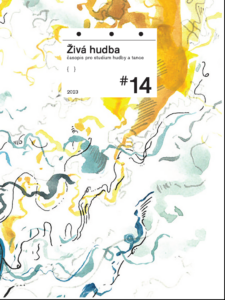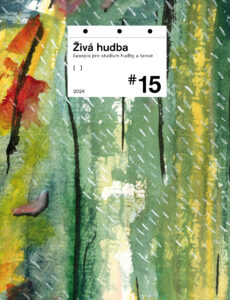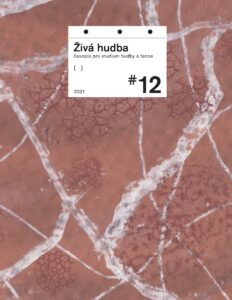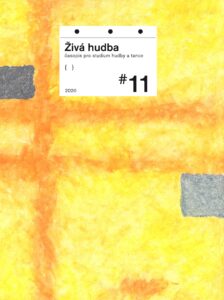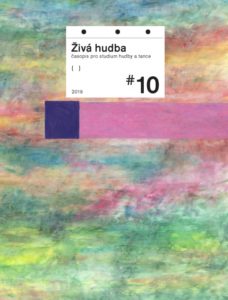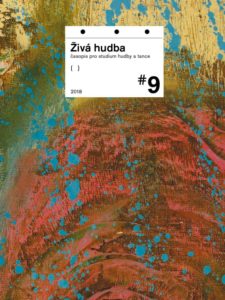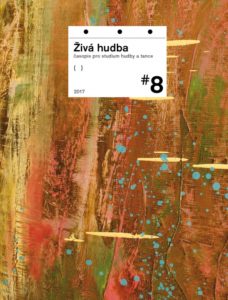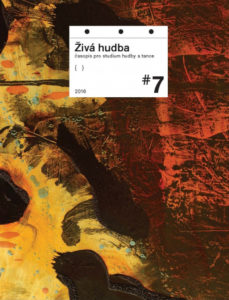Abstrakt This paper introduces the harmonic radius: a novel perspective on comparing the relative harmonicities of pitch collections tuned in rational intonation (JI). By means of a simple calculation that may be estimated in real time while playing, it enables musicians to further explore sounds of microtonal JI, finding connections between intonation and the psychoacoustics of harmony. James Tenney’s harmonic space maps rational frequency proportions in a lattice and defines a measurement called harmonic distance. The coordinates of a ratio are defined by its unique prime factorisation, which also establishes its prime limit. The exponents of a ratio’s prime factors are interpreted as a vector of coordinates measured along axes representing the primes. Given any finite collection of ratios in harmonic space, their common point of reference may be transposed so that all pitches have only positive exponents. The intervals between them remain the same, but now the pitches are expressed as natural numbers – as partials of their nearest common fundamental. This allows for a generalisation of harmonic distance applicable to any number of tones. By measuring an overtonal set of harmonic partials, harmonic radius maintains correlation with perceived harmonicity. Using various forms of harmonic radius, it is possible to generate and compare intervals, chords, melodic gamuts and compact otonal subsets of harmonic space that include higher primes, while optimising possibilities for modulation and harmonicity.

Marc Sabat:
Chords, melodies: a look at harmony by numbers; Part I: Using harmonic radius to compare rational pitch collections
Stati a studie / Živá hudba 2023/14 / Publikováno 26. 7. 2024

